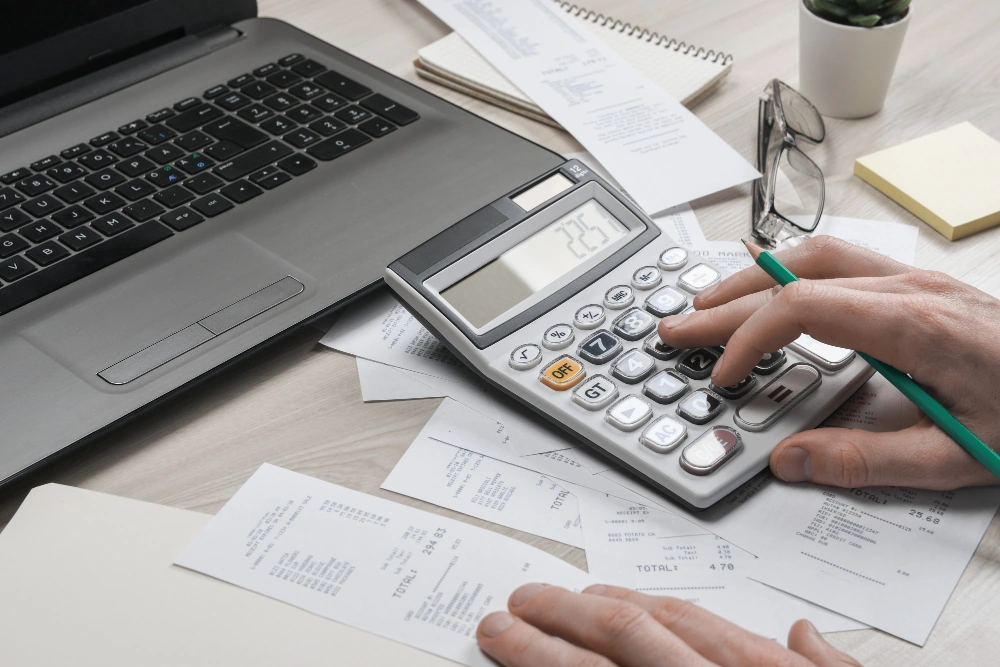NJOP is a term that often appears when discussing taxes or property transactions. It plays an important role in determining the value of an asset, whether it’s land or a building.
Understanding the meaning and function of NJOP helps you manage assets more wisely—especially if you work in the property or tax planning sectors.
For property owners, understanding the basic concept of NJOP is the first step before conducting any transaction or tax calculation. Let’s take a closer look at what NJOP is and how it works.
What Is NJOP (Nilai Jual Objek Pajak)?
According to Article 1 Paragraph (3) of the Regulation of the Minister of Finance (PMK) No. 85 of 2024, Nilai Jual Objek Pajak (NJOP) or “Tax Object Selling Value” is the average price obtained from fair market transactions. If no transactions occur, the value is determined by comparing similar objects, the acquisition cost of new assets, or replacement value.
NJOP serves as the basis for the imposition of Pajak Bumi dan Bangunan Perdesaan dan Perkotaan (PBB-P2 or Rural and Urban Land and Building Tax), in accordance with Law No. 28 of 2009 concerning Regional Taxes and Levies. The assessment process is conducted by local governments under the guidance of PMK 208/2018.
It’s important to note that NJOP does not specifically distinguish between every location but considers the zoning classification. Therefore, the NJOP value may differ from one area to another but does not represent the exact market price for every specific point.
In short, NJOP reflects an average valuation based on regional conditions and object types—rather than the real-time market price. Hence, it’s normal if NJOP differs from actual selling prices.
The Function of NJOP
NJOP serves as a benchmark for assessing the value of land or property. With NJOP, the public can obtain an objective estimate of the economic value of land or buildings without relying solely on market assumptions.
NJOP also plays a vital role in property-related transactions such as land sales, inheritance, or grants. This valuation provides a fair price reference to prevent large discrepancies between assessed and actual market values.
Factors That Determine NJOP
The NJOP amount is established through several approaches to reflect the fair value of land and buildings. The government applies three main methods to determine NJOP:
1. Comparison with Similar Properties
This method compares the selling price of similar tax objects with the same function and located in nearby areas. It’s commonly used when sufficient transaction data is available within the vicinity.
2. Replacement Value
This method applies to income-generating properties, such as office buildings, hotels, or shopping centers. NJOP is determined based on the net annual income of the property divided by the prevailing capitalization rate.
3. New Acquisition Value
If comparable data is unavailable, this approach estimates NJOP based on the cost of constructing a new similar building, minus depreciation due to age or condition, and then adds the value of the land.
How to Calculate NJOP
Here’s how you can calculate the NJOP of a property or estimate a house’s selling price based on NJOP:
1. Calculate Land Area
Measure or check the land certificate to determine total land size (in square meters).
Example: Land area = 150 m²
2. Calculate Building Area
Note the total building area on the land (in square meters).
Example: Building area = 100 m²
3. Find the NJOP Value per Square Meter
Refer to the PBB Tax Notice (SPPT) or the official website of your local Bapenda (Regional Revenue Agency).
Example: Land NJOP = Rp2,000,000/m²; Building NJOP = Rp1,000,000/m²
4. Calculate Total NJOP
Use this formula:
NJOP = (Land Area × Land NJOP/m²) + (Building Area × Building NJOP/m²)
Example:
-
Land NJOP = 150 m² × Rp2,000,000 = Rp300,000,000
-
Building NJOP = 100 m² × Rp1,000,000 = Rp100,000,000
-
Total NJOP = Rp400,000,000
Disclaimer: The figures above are for illustration purposes only. For accurate information, check your SPPT PBB, visit your local Bapenda website, or consult your local tax office, PPAT, or notary to confirm applicable NJOP, NJOPTKP, NJKP, and PBB tax rates in your area.
The Role of NJOP in Land and Building Tax Calculation
NJOP plays a crucial role in determining Pajak Bumi dan Bangunan (PBB or Land and Building Tax) since it forms the main basis for calculating the tax payable by land or property owners. The higher the NJOP, the greater the tax amount.
NJOP also determines the Nilai Jual Kena Pajak (NJKP or Taxable Selling Value), which is derived from NJOP after deducting NJOP Tidak Kena Pajak (NJOPTKP or Non-Taxable Value).
Understanding NJOP—from its definition and function to its role in taxation—is essential for anyone who owns or plans to buy property. With a solid understanding of NJOP, you can estimate property tax obligations accurately and comply with government regulations.
If you’re planning to manage or develop your property assets, BFI Finance is ready to support you with trusted financing solutions.
You can apply for financing with competitive interest rates through fiduciary collateral systems such as Motorcycle BPKB, Car BPKB, or House/Shop Certificates.
All financing services from BFI Finance are officially licensed and supervised by the Financial Services Authority (OJK), ensuring safety and transparency throughout the process.
So, what are you waiting for? Start managing your property plans today because #SelaluAdaJalan with BFI Finance!







